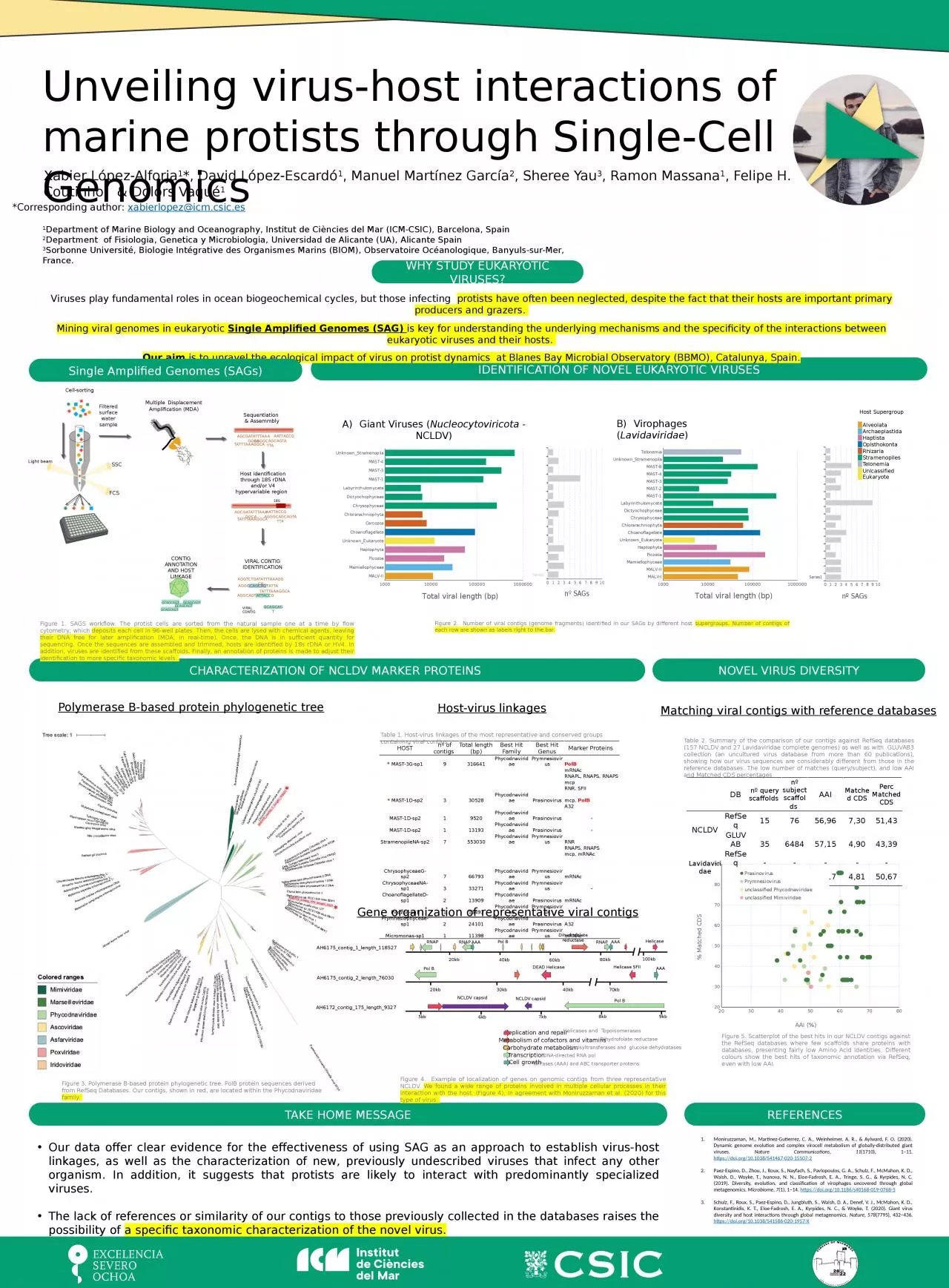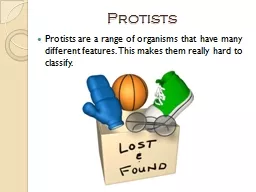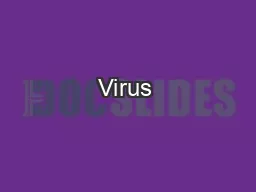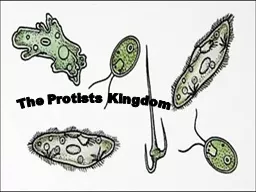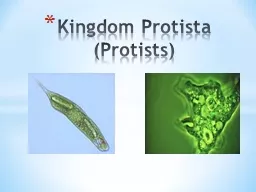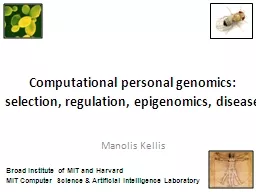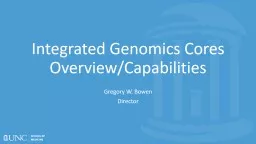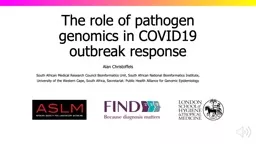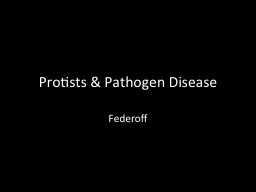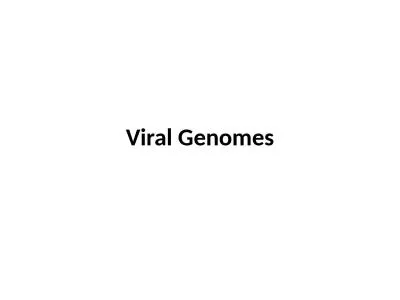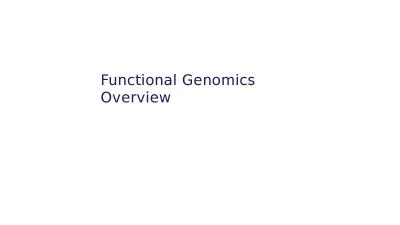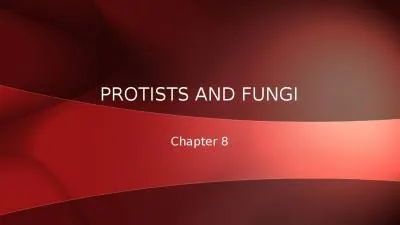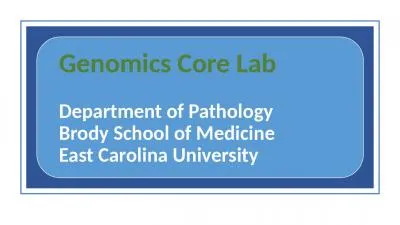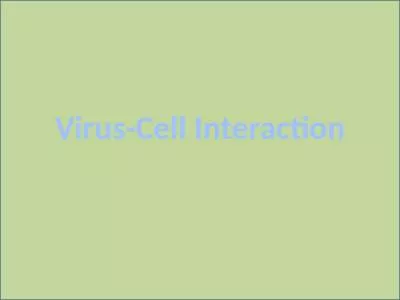PPT-Unveiling virus-host interactions of marine protists through Single-Cell Genomics
Author : norah | Published Date : 2024-02-09
Xabier LópezAlforja 1 David LópezEscardó 1 Manuel Martínez García 2 Sheree Yau 3 Ramon Massana 1 Felipe H Coutinho 1 amp Dolors Vaqué 1 DB nº query
Presentation Embed Code
Download Presentation
Download Presentation The PPT/PDF document "Unveiling virus-host interactions of mar..." is the property of its rightful owner. Permission is granted to download and print the materials on this website for personal, non-commercial use only, and to display it on your personal computer provided you do not modify the materials and that you retain all copyright notices contained in the materials. By downloading content from our website, you accept the terms of this agreement.
Unveiling virus-host interactions of marine protists through Single-Cell Genomics: Transcript
Download Rules Of Document
"Unveiling virus-host interactions of marine protists through Single-Cell Genomics"The content belongs to its owner. You may download and print it for personal use, without modification, and keep all copyright notices. By downloading, you agree to these terms.
Related Documents

